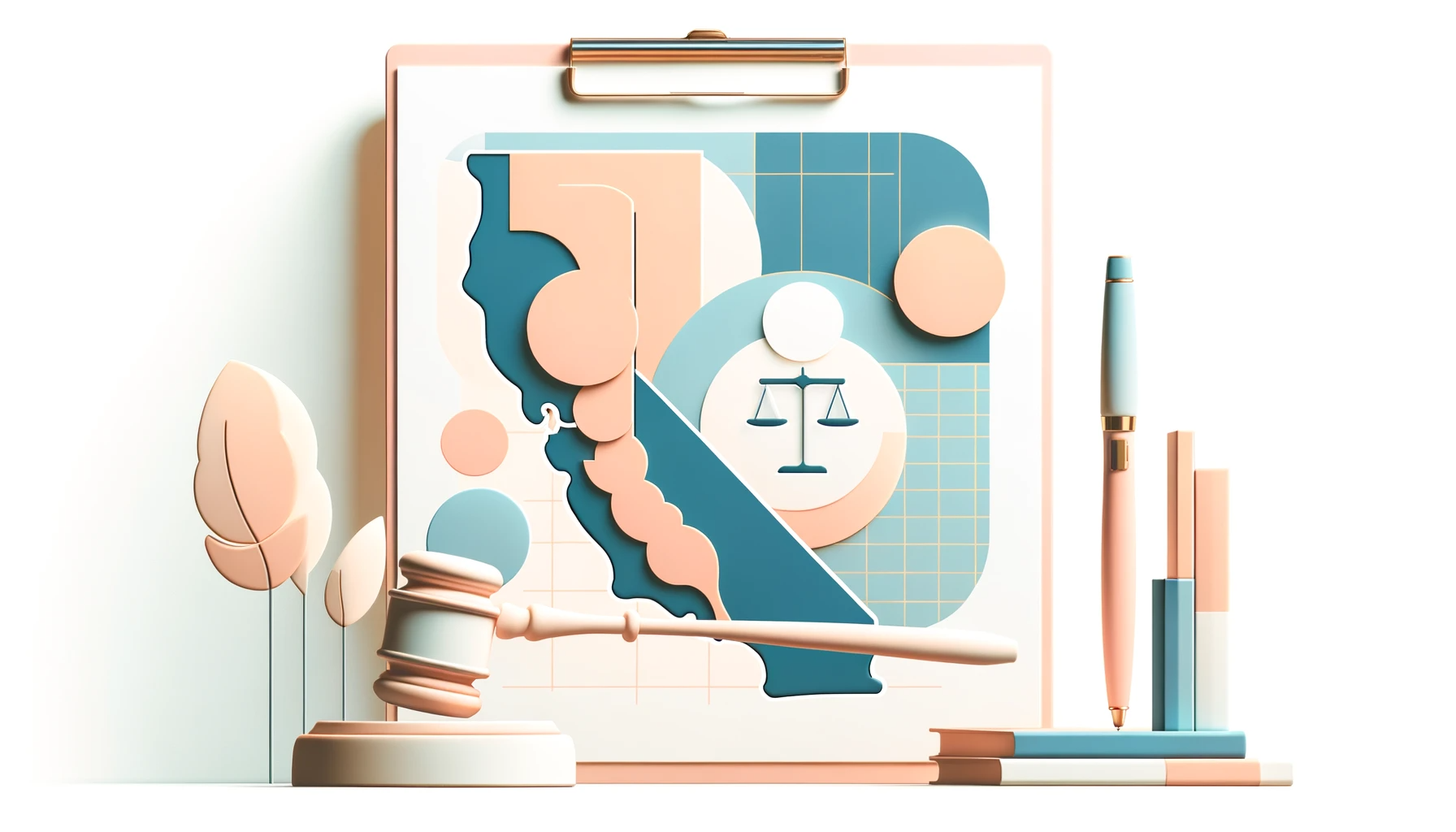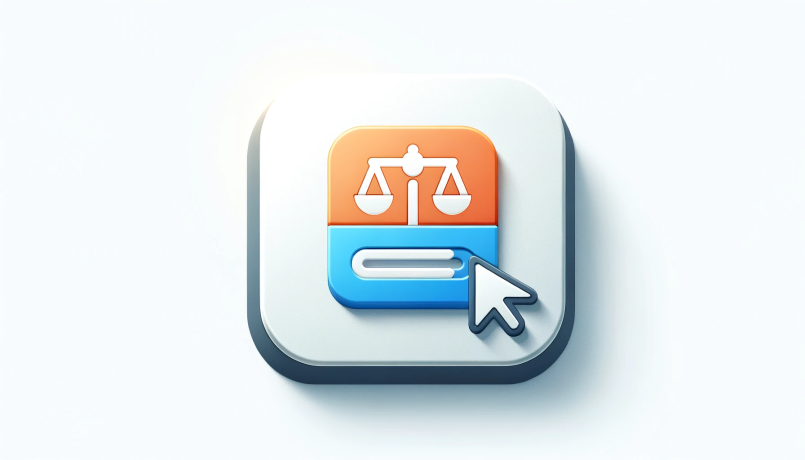
Understanding how to file a lawsuit in California is crucial for residents seeking justice. This guide breaks down the process, costs, and timeline, providing valuable insights for anyone considering legal action.
by LawInc Staff
November 16, 2023
Understanding the process for filing a lawsuit in California is key for residents seeking legal action. This guide covers steps, timeline, costs, and provides quizzes for better comprehension.
Introduction
-
- Overview: Insights into the requirements, timeline, and costs of filing a lawsuit in CA civil court.
- Key Points: Summary of critical pre-litigation factors and steps in the process.
Mini Quiz:
-
- True or False: Anyone can file a lawsuit in CA civil court. Answer: True
- What is the first step in filing a lawsuit in CA? A) File a complaint B) Send demand letter C) Consult an attorney. Answer: C
In summary, CA residents should understand the lawsuit process and requirements before proceeding to court.
1. Pre-Lawsuit Considerations

Key considerations before initiating a lawsuit in California.
-
- Evidence Gathering: Collect documents, records, photos to support your case.
- Demand Letter: Send formal notice requesting compensation, corrective action.
- Statute of Limitations: File before legal deadline for your claim type.
Example Pre-Lawsuit Checklist:
-
- Consult attorney about claim validity
- Send demand letter requesting damages
- Gather evidence like contracts, medical records
Tips for Pre-Lawsuit Phase:
-
- Consult attorney to evaluate legal claim validity
- Send demand letter via certified mail
Frequently Asked Questions:
-
- Is a demand letter required? No, but it can help resolve disputes pre-lawsuit.
- Can I file a lawsuit without an attorney? Yes, but legal counsel is recommended.
Quiz: Pre-Lawsuit Phase
-
- Q1: Is a demand letter required before filing a lawsuit? A) Yes B) No
- Q2: Should you gather evidence to support your claim? A) Yes B) No
Answers: Q1 – B) No, Q2 – A) Yes
2. Starting a Lawsuit in California

Essential steps to initiate a lawsuit in California.
-
- Complaint Filing: Submit lawsuit complaint to court to initiate case.
- Serving Defendants: Formally notify defendants of the lawsuit against them.
- Defendant’s Response: Defendants must respond to complaint in specified timeframe.
Example Lawsuit Process:
-
- 1. Submit complaint to CA superior court (assuming the matter is not a federal one)
- 2. Serve defendants with legal notice
- 3. Defendants file response within 30 days
Tips for Starting a Lawsuit:
-
- Use proper legal forms from court’s website
- Serve defendants in accordance with legal rules
Frequently Asked Questions:
-
- What is the filing fee for a complaint? Varies, usually $200-$500 depending on claim amount.
- Can I serve defendants myself? Yes, but using a process server is recommended.
Quiz: Starting a Lawsuit
-
- Q1: Which court do you file a complaint with? A) Federal B) Superior C) Supreme
- Q2: How long does a defendant have to respond? A) 20 days B) 60 days C) Varies by case
Answers: Q1 – B) Superior Court, Q2 – C) Varies by case
3. Lawsuit Process and Timeline

An overview of the lawsuit process and timeline in California.
-
- Discovery: Plaintiffs and defendants exchange evidence and documents.
- Motions: Parties can file motions to dismiss, compel discovery, etc.
- Settlement: Parties can negotiate settlement before trial.
Example CA Lawsuit Timeline:
-
- Pleadings: 2-6 months
- Discovery: 6-12 months
- Trial: 12-24 months from complaint filing
Tips for Lawsuit Timeline:
-
- Complex cases may take substantially longer
- Most cases settle before reaching trial
Frequently Asked Questions:
-
- How long is the discovery phase? Usually 6-12 months but can be extended.
- Can a judge dismiss a case? Yes, if plaintiffs cannot prove claims.
Quiz: Lawsuit Timeline
-
- Q1: How long is discovery? A) 1-3 months B) 3-6 months C) Over 6 months
- Q2: Can a judge dismiss a case before trial? A) Yes B) No
Answers: Q1 – C) Over 6 months, Q2 – A) Yes
4. Lawsuit Costs

Breakdown of various costs involved in a lawsuit in California.
-
- Filing Fees: Fees to file complaint and motions.
- Attorney Fees: Hourly or contingency fee arrangement (which means that the attorney gets a percentage at the end of the case and you pay nothing upfront).
- Discovery Costs: Depositions, experts, evidence collection.
Example Lawsuit Costs:
-
- Filing fees: $200 – $500+
- Attorney: $200 – $500 per hour (or more depending on locale)
- Experts: $150 – $500 per hour
Tips for Managing Lawsuit Costs:
-
- Discuss fee arrangements with attorney
- Limit discovery costs where possible
Frequently Asked Questions:
-
- Can filing fees be waived? Yes, if you qualify for fee waiver.
- Who pays for defendant legal fees? Usually the defendants themselves.
Quiz: Lawsuit Costs
-
- Q1: Who typically pays the plaintiff’s attorney fees? A) Plaintiff B) Defendant C) Court
- Q2: Can expert witness fees reach thousands of dollars? A) Yes B) No
Answers: Q1 – A) Plaintiff, Q2 – A) Yes
5. Lawsuit Resolution Outcomes

Possible outcomes in the resolution of a lawsuit in California.
-
- Settlement: Parties agree to settle out of court.
- Dismissal: Case dismissed if evidence is insufficient.
- Trial Verdict: Jury or judge decides outcome at trial.
Example Resolution Outcomes:
-
- Settlement agreement
- Defense motion to dismiss granted
- Jury verdict awarding damages
Tips for Lawsuit Resolution:
-
- Be reasonable in settlement negotiations
- Prepare diligently if the case may go to trial
Frequently Asked Questions:
-
- What percentage of cases settle? Over 90% of civil cases settle.
- Can a judge overturn a jury verdict? Yes, through judgment notwithstanding the verdict.
Quiz: Lawsuit Resolution
-
- Q1: What percentage of civil suits settle? A) 50% B) 75% C) Over 90%
- Q2: Can a judge override a jury verdict? A) Yes B) No
Answers: Q1 – C) Over 90%, Q2 – A) Yes
Conclusion
In summary, California residents must follow key steps when filing a lawsuit, including drafting a complaint, serving defendants, engaging in discovery, and reaching final resolution via settlement, dismissal, or trial verdict. Understanding the process, timeline, and costs involved allows individuals to evaluate pursuing legal action.
Need Help with Filing a Lawsuit in California or Any Other Field of Law?
Contact us, anytime, if you need assistance with filing a California lawsuit or any other legal matters.
Also See:
Car Accident Legal Guide: 10 Steps to Take After an Auto Accident











